Virgo, resembles the shape of a young maiden carrying a sheaf of wheat, when stars in this constellation are imaginarily connected, as per Indian mythology!
Where should I see…Crater and Leo, are the constellations towards west of Virgo constellation. If you move your eyes towards east, you will see other constellations named Libra and Serpens. In the North of Virgo, you will find Coma Berenices and Bootes and in South, Corvus and Hydra constellations. Virgo is close to celestial equator and towards South, and so is part of Southern Hemisphere.
towards east, you will see other constellations named Libra and Serpens. In the North of Virgo, you will find Coma Berenices and Bootes and in South, Corvus and Hydra constellations. Virgo is close to celestial equator and towards South, and so is part of Southern Hemisphere.
It covers up 1294 square degree area of the sky. Area wise it is 2nd largest constellation in the sky.
When and What can I see…It is on the zodiacal belt and hence is the 6th zodiac in zodiacal belt. Sun enters in this constellation from 13th September to 2nd November. It is best observed during January to August, as seen from India.
from 13th September to 2nd November. It is best observed during January to August, as seen from India.
All you need is your naked eyes other than clear skies to see 173 stars of this constellations, as they are the one which are brighter than the lower limit of our naked eyes (i.e. 6.5 apparent magnitude) to see faintest stars. The brightest star of this constellation is Spica. The Indian name of this star is Chitra which is also a Nakshatra.
Constellations are made up of single, binary (apparent and absolute), multiple and variable stars. Out of total 173 stars of different types, here is the list of 20 brightest stars as per their nature:
| Binary / Multiple Star system | Variable Stars |
Binary/multiple and Variable Stars | Single stars |
| Zavi java | Syrma | Spica | Heze |
| 3
| Khambalia | Porrima | Kang |
| – | 2 | Zaniah | 4 |
| – | – | Vindemiatrix | – |
| – | – | Minelauva | – |
| – | – | 1 | – |
| 4 | 4 | 6 | 6 |
Mythology stories…In Indian mythology, it is said that when Rishis and Philosophers first saw Virgo constellation which is named as Kanya by them, actually looked like a shape of young maiden carrying a sheaf of wheat. Actually, there are many stories associated with Kanya. But one of them is that, Kauni is mother of god Krishna.
named as Kanya by them, actually looked like a shape of young maiden carrying a sheaf of wheat. Actually, there are many stories associated with Kanya. But one of them is that, Kauni is mother of god Krishna.
Deep Sky Objects…

M49 or NGC 4472 || Giant Elliptical Galaxy

M58 or NGC 4579 || Barred Spiral Galaxy

M60 & NGC 4647 || Elliptical Galaxy & Spiral Galaxy
All the stars that we see naked eyes, all belong to our own, Milky way galaxy (Akash Ganga Tara Vishv). Bright stars can be seen naked eye and faint one through telescope. But the curtain of sky that we see in 2D is actually a huge universe we are talking about, with 3 dimension. There are many nebulous objects visible in every constellations. They differ widely by distances and nature. Like Emission Nebula, Reflecting Nebula, Absorption Nebula, Star Birth Nebula, Supernova Remnants (SNR) and Open Starscluster which are within the disk of our own Milky Way galaxy. Globular cluster are also found, which are in the halo of our galaxy and some most distant objects like galaxies are also visible through telescope. Such objects are defined as “Deep Sky Objects”.
In this constellation there are 1150 such different types of Deep Sky Objects observed. Below is the list of 20 brightest Deep Sky Objects:

M61 or NGC 4303 || Barred Spiral Galaxy

M87 or NGC 4486 || Supergiant Elliptical Galaxy, first blackhole picture

M104 or Sombrero Galaxy || Spiral Galaxy
| | Galaxy | Open Cluster | Globular Cluster | Nebula | Supernova Remnant | |
| Naked eye visibility | – | – | – | – | – | |
|
| Visible through Telescope | M87 (Virgo A) | – | 1 | – | – | |
|
| M60 | – | – | – | – | |
| M86 | – | – | – | – | |
| M90 | – | – | – | – | |
| M59 | – | – | – | – | |
| M61 (Swelling Spiral) | – | – | – | – | |
| M58 | – | – | – | – | |
| M89 | – | – | – | – | |
| M84 | – | – | – | – | |
|
| 10 | – | – | – | – | |
|
| | 19 | – | 1 | – | – | |

NGC 4216 || Spiral Galaxy

NGC 4435 & NGC 4438 or Eyes Galaxies || Pair of galaxies

Supernova 1994D near NGC 4526 || Type Ia Supernova near
 towards east, you will see other constellations named Libra and Serpens. In the North of Virgo, you will find Coma Berenices and Bootes and in South, Corvus and Hydra constellations. Virgo is close to celestial equator and towards South, and so is part of Southern Hemisphere.
towards east, you will see other constellations named Libra and Serpens. In the North of Virgo, you will find Coma Berenices and Bootes and in South, Corvus and Hydra constellations. Virgo is close to celestial equator and towards South, and so is part of Southern Hemisphere. from 13th September to 2nd November. It is best observed during January to August, as seen from India.
from 13th September to 2nd November. It is best observed during January to August, as seen from India. named as Kanya by them, actually looked like a shape of young maiden carrying a sheaf of wheat. Actually, there are many stories associated with Kanya. But one of them is that, Kauni is mother of god Krishna.
named as Kanya by them, actually looked like a shape of young maiden carrying a sheaf of wheat. Actually, there are many stories associated with Kanya. But one of them is that, Kauni is mother of god Krishna. 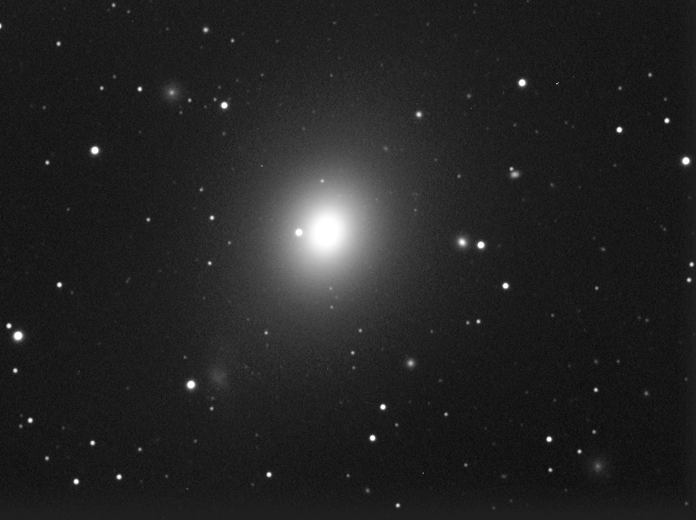 M49 or NGC 4472 || Giant Elliptical Galaxy
M49 or NGC 4472 || Giant Elliptical Galaxy
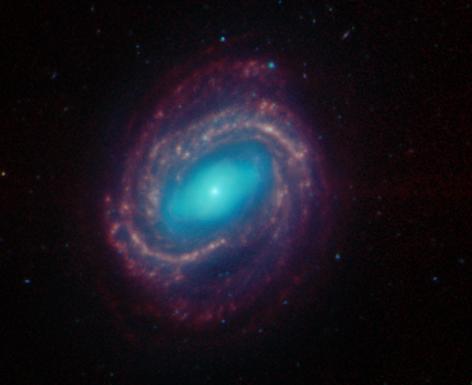 M58 or NGC 4579 || Barred Spiral Galaxy
M58 or NGC 4579 || Barred Spiral Galaxy
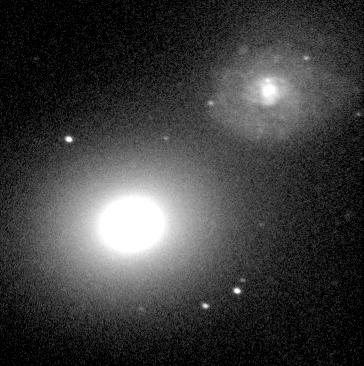 M60 & NGC 4647 || Elliptical Galaxy & Spiral Galaxy
M60 & NGC 4647 || Elliptical Galaxy & Spiral Galaxy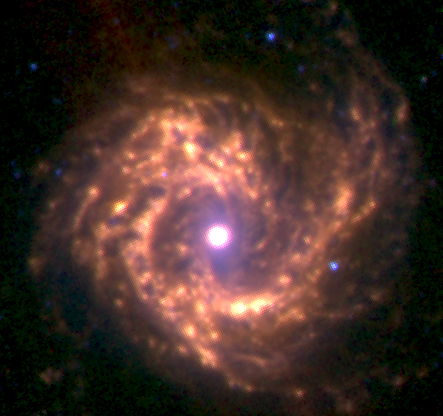 M61 or NGC 4303 || Barred Spiral Galaxy
M61 or NGC 4303 || Barred Spiral Galaxy
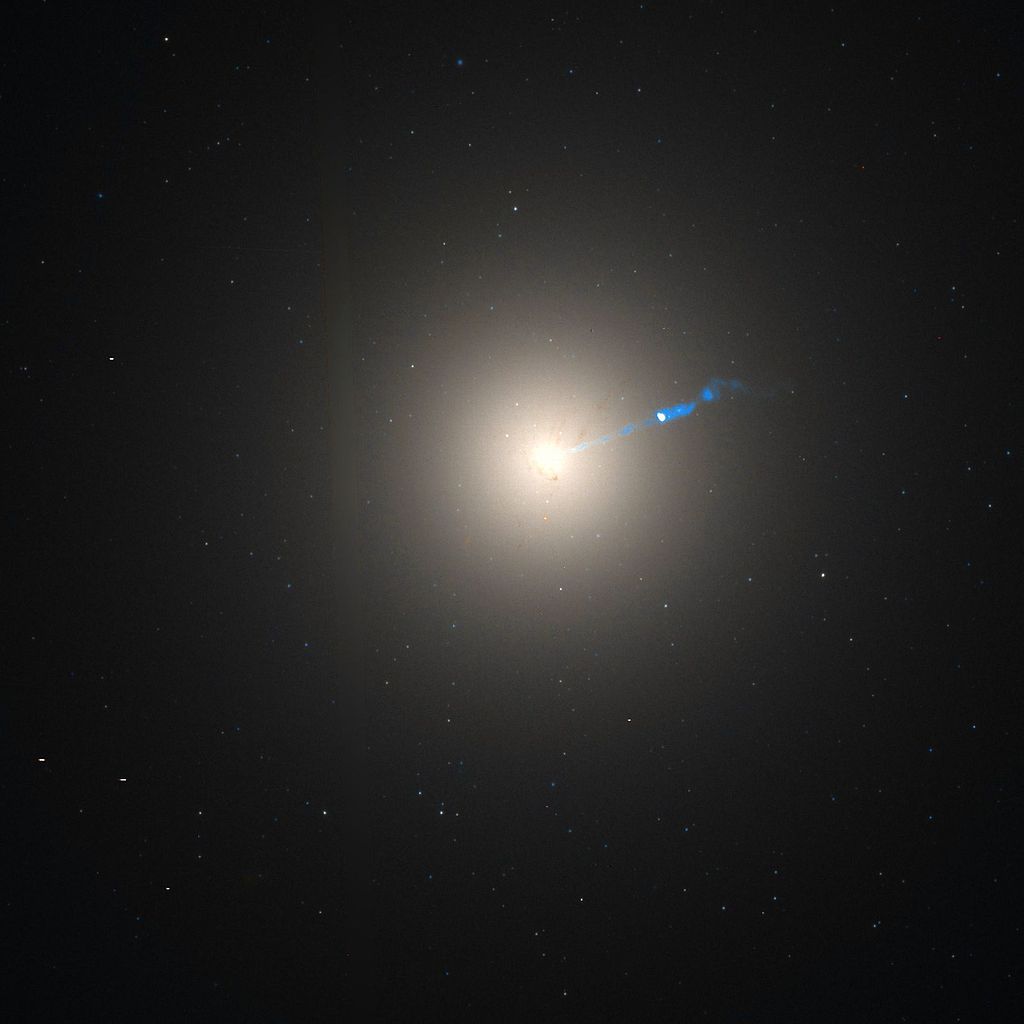 M87 or NGC 4486 || Supergiant Elliptical Galaxy, first blackhole picture
M87 or NGC 4486 || Supergiant Elliptical Galaxy, first blackhole picture
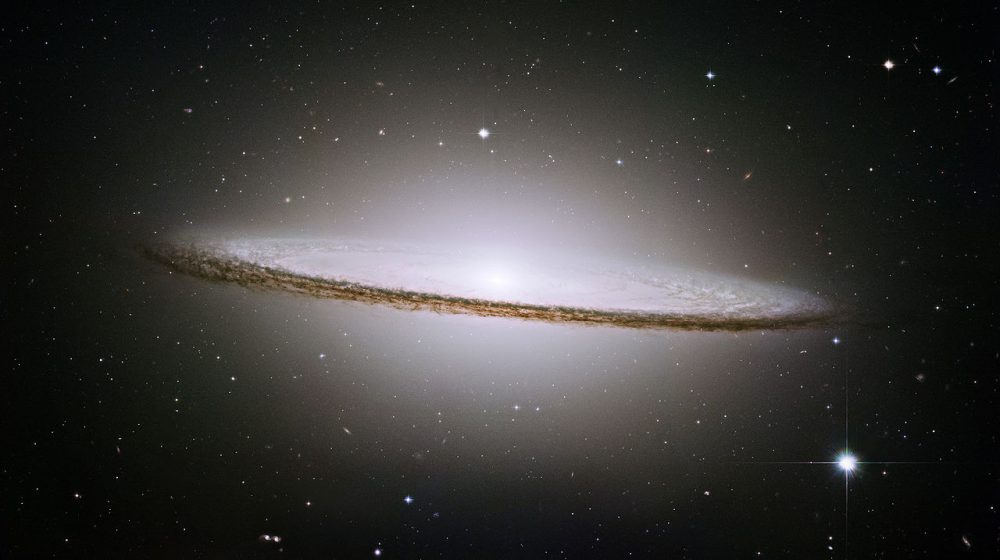 M104 or Sombrero Galaxy || Spiral Galaxy
M104 or Sombrero Galaxy || Spiral Galaxy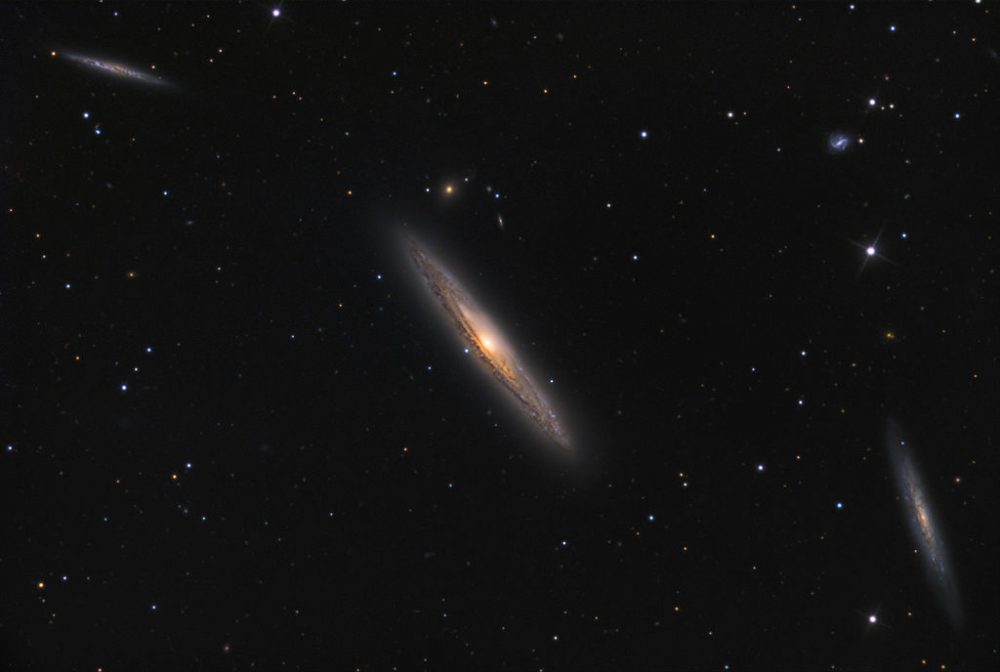 NGC 4216 || Spiral Galaxy
NGC 4216 || Spiral Galaxy
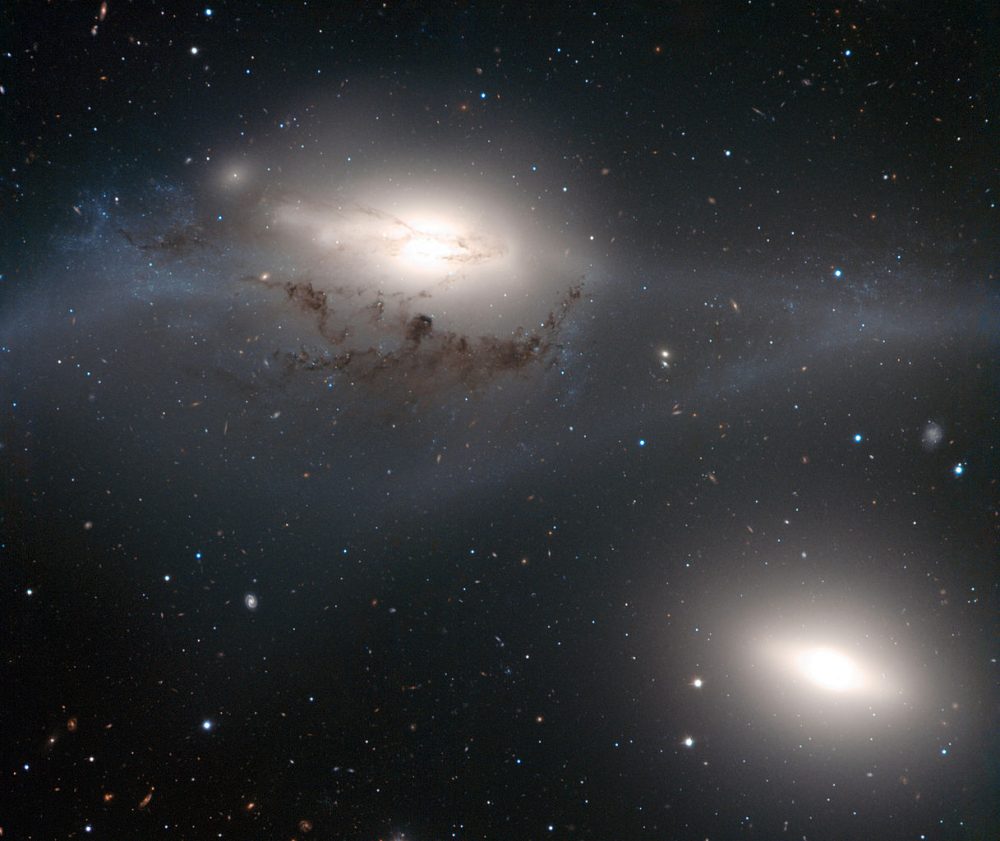 NGC 4435 & NGC 4438 or Eyes Galaxies || Pair of galaxies
NGC 4435 & NGC 4438 or Eyes Galaxies || Pair of galaxies
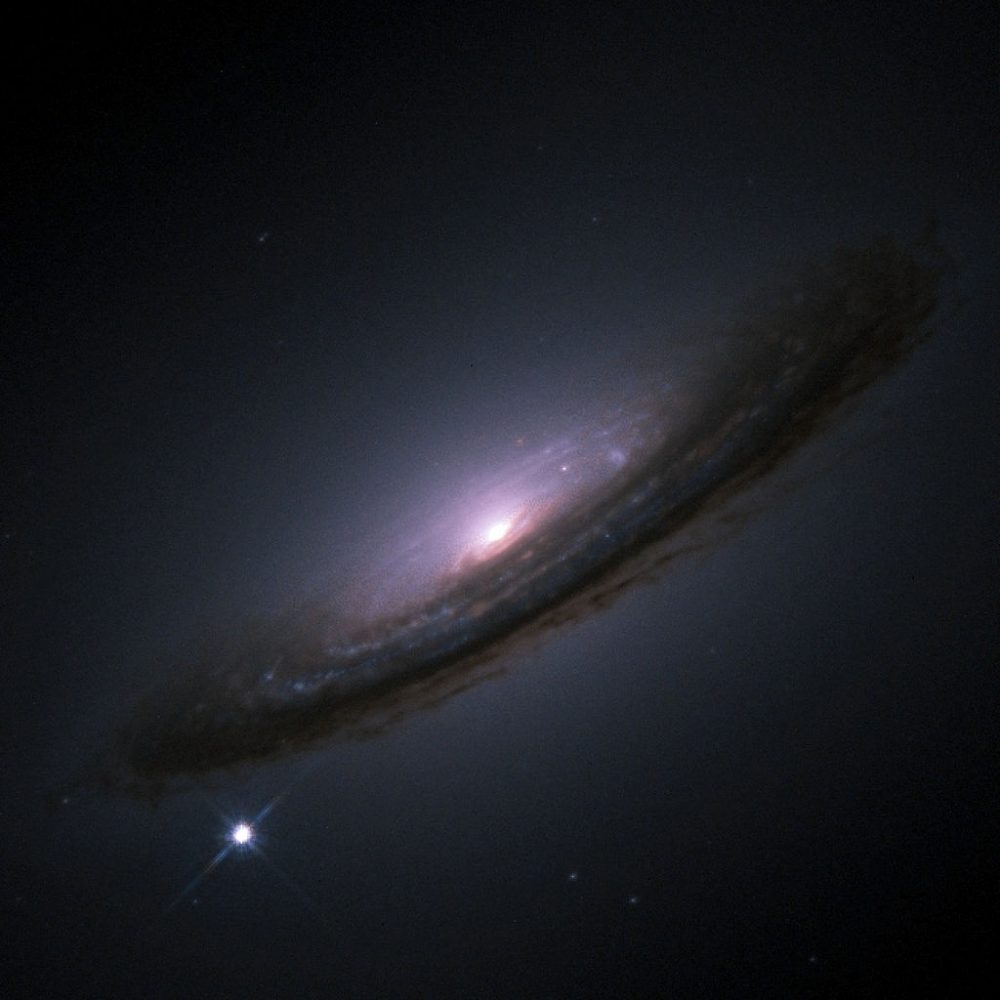 Supernova 1994D near NGC 4526 || Type Ia Supernova near
Supernova 1994D near NGC 4526 || Type Ia Supernova near


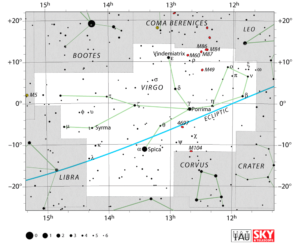 towards east, you will see other constellations named Libra and Serpens. In the North of Virgo, you will find Coma Berenices and Bootes and in South, Corvus and Hydra constellations. Virgo is close to celestial equator and towards South, and so is part of Southern Hemisphere.
towards east, you will see other constellations named Libra and Serpens. In the North of Virgo, you will find Coma Berenices and Bootes and in South, Corvus and Hydra constellations. Virgo is close to celestial equator and towards South, and so is part of Southern Hemisphere.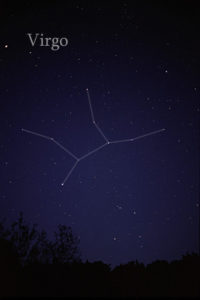 from 13th September to 2nd November. It is best observed during January to August, as seen from India.
from 13th September to 2nd November. It is best observed during January to August, as seen from India.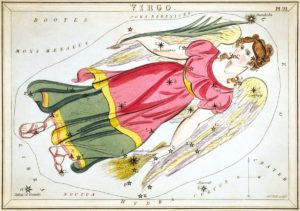 named as Kanya by them, actually looked like a shape of young maiden carrying a sheaf of wheat. Actually, there are many stories associated with Kanya. But one of them is that, Kauni is mother of god Krishna.
named as Kanya by them, actually looked like a shape of young maiden carrying a sheaf of wheat. Actually, there are many stories associated with Kanya. But one of them is that, Kauni is mother of god Krishna.